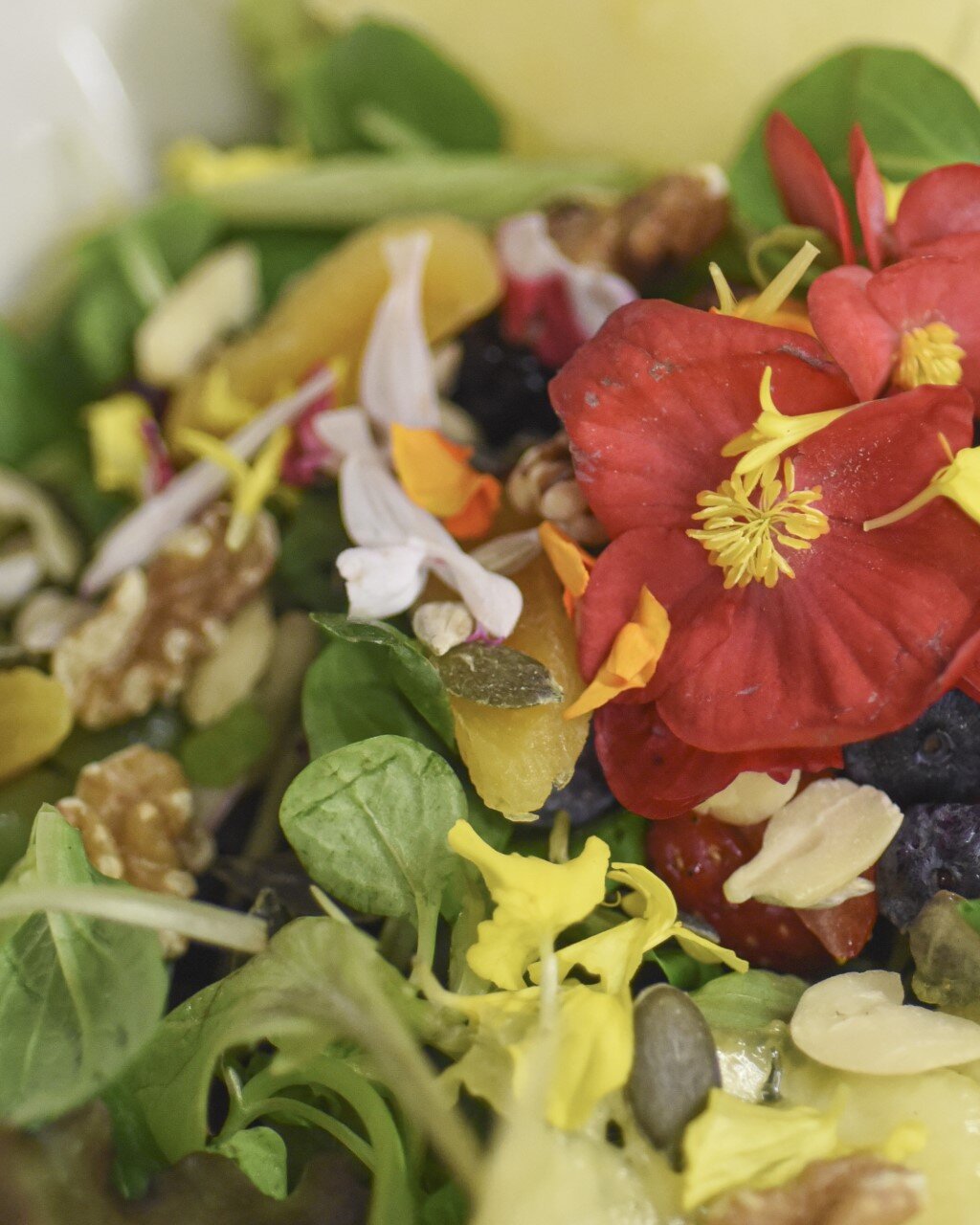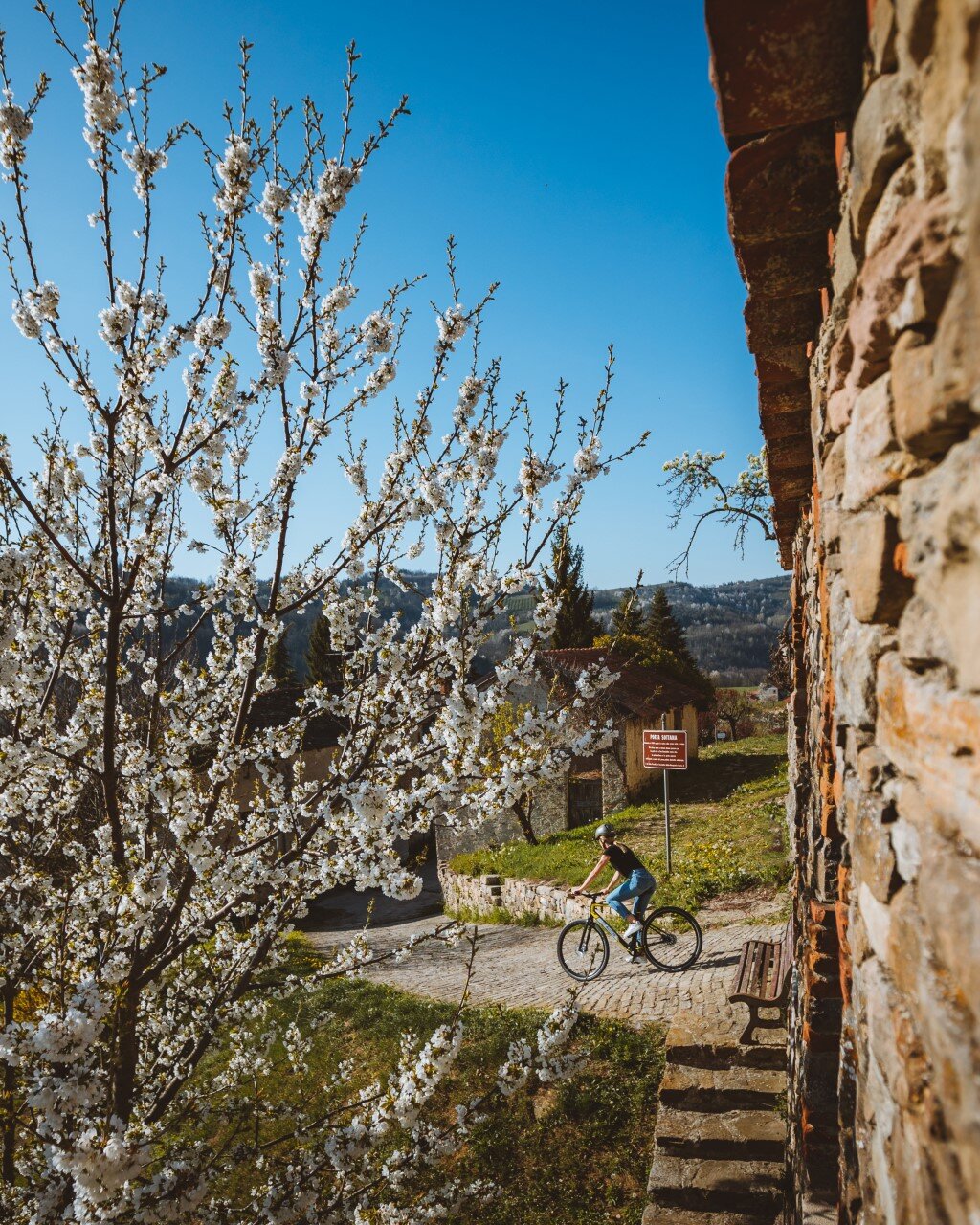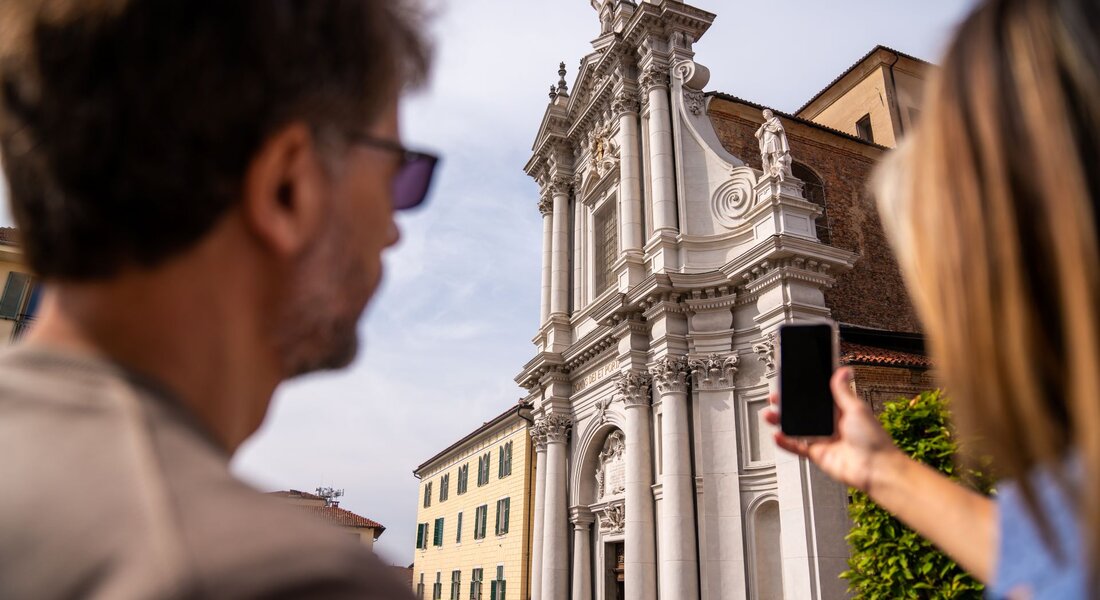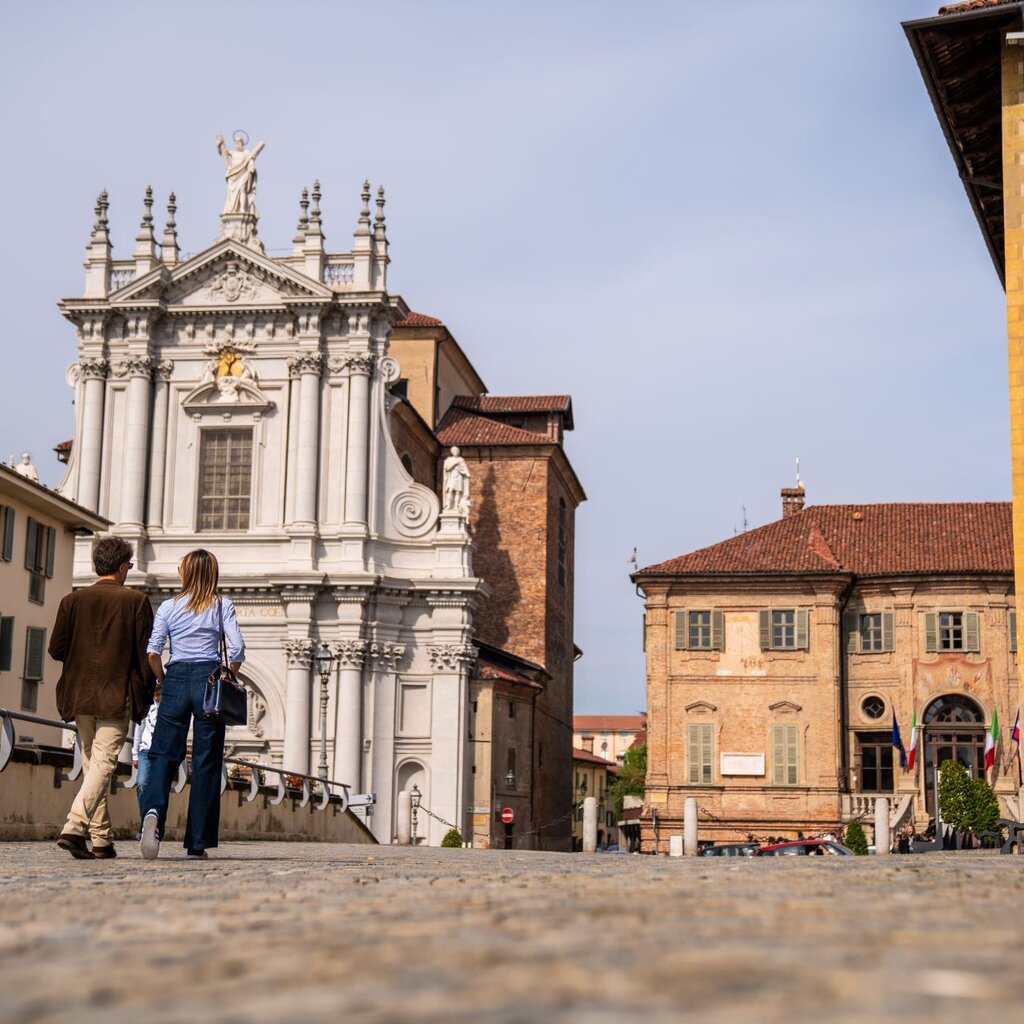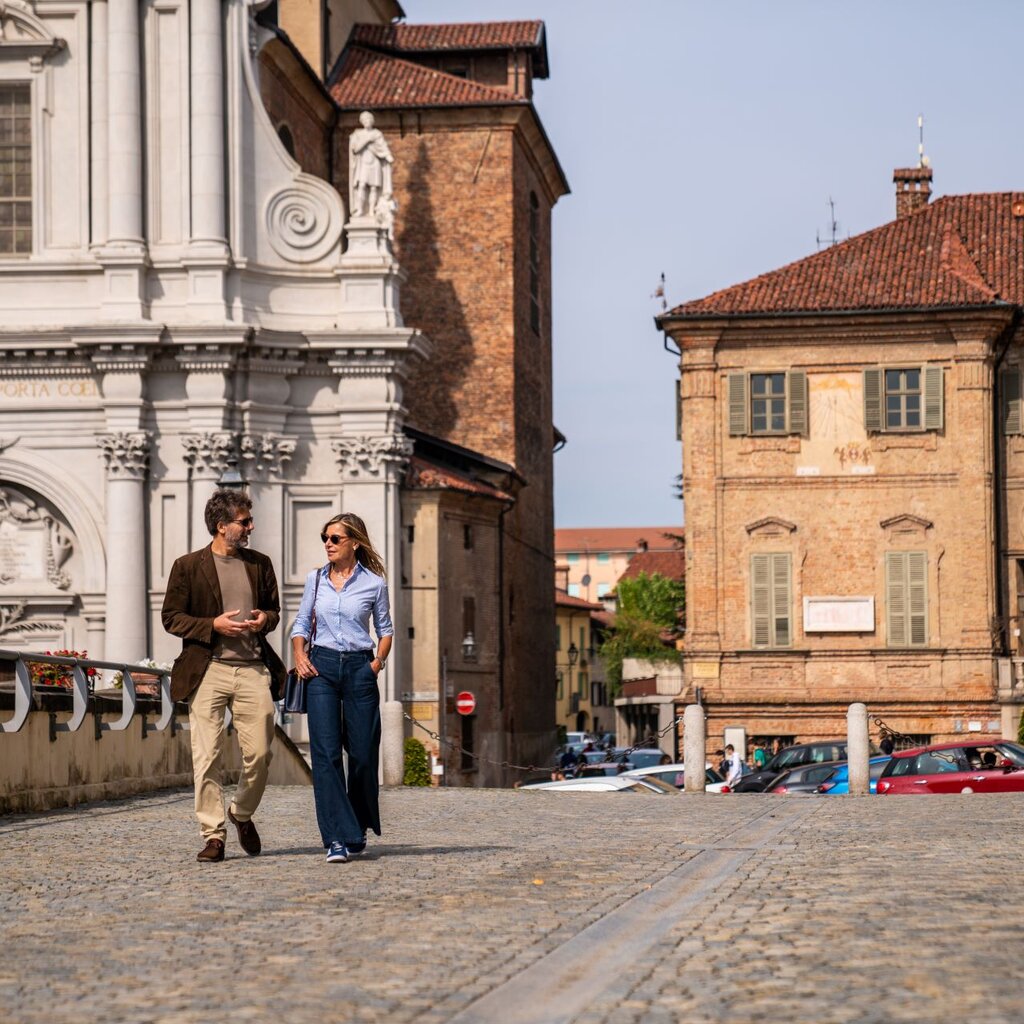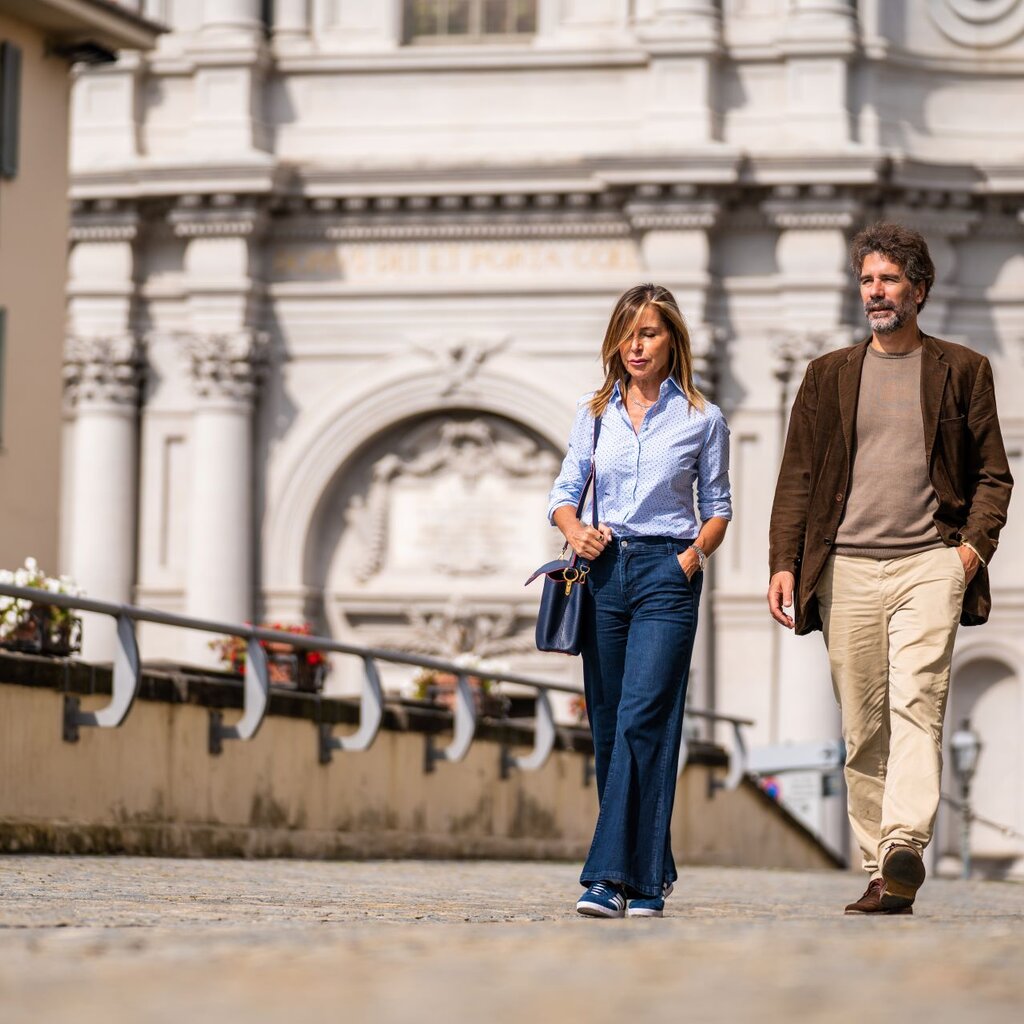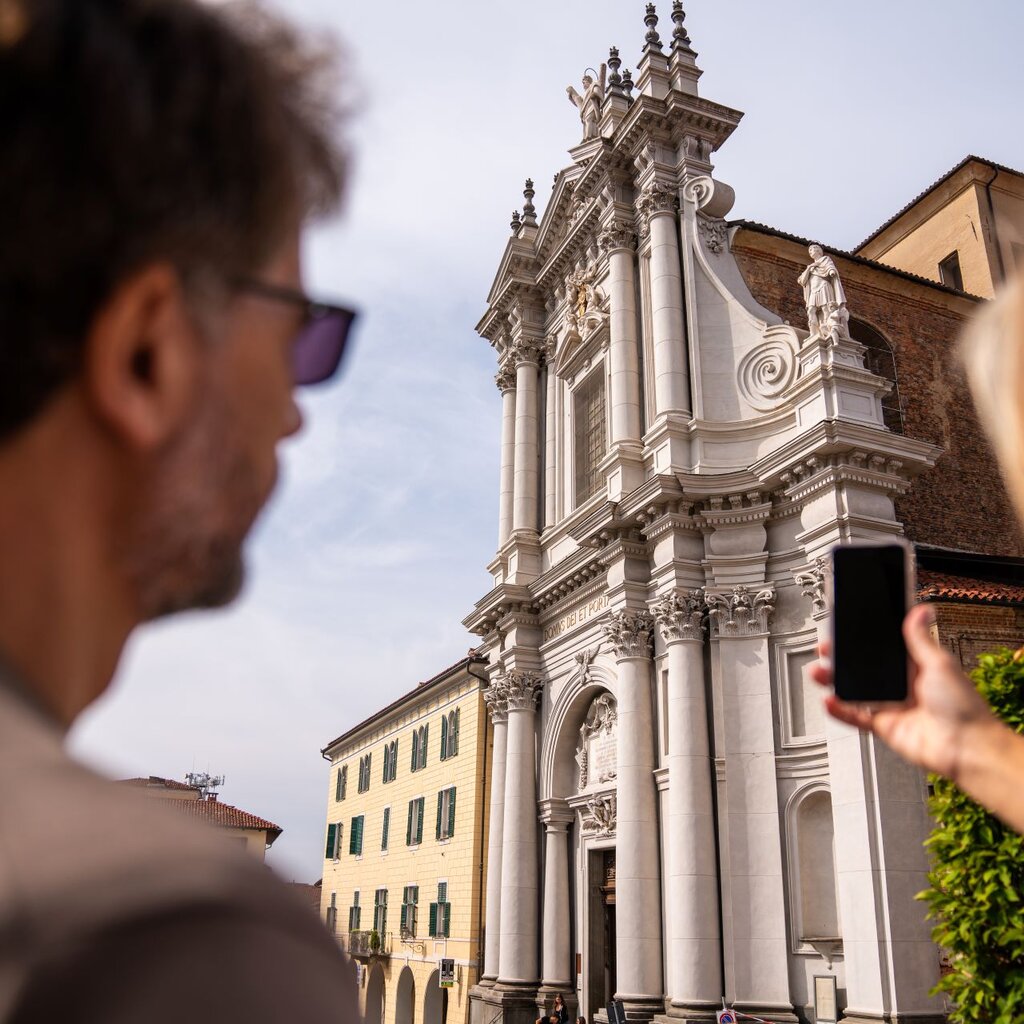Today, the city boasts several gems of Piedmontese Baroque, the result of the great religious fervour between the 17th and 18th centuries, combined with a keen interest in the arts, which led many local families to invest in fine churches and palaces, all of which can now be fully "enjoyed".
The name derives from the medieval "brayde" (of Lombard origin, they were large properties given to a squire for pasture): the squires then became the "De Brayda" and gave their name to the town. In the 13th century, the De Brayda family built a solid turreted castle protected by moats; attacked in 1515 and destroyed by a massive French army, it was dismantled in 1552. Yet Palazzo Traversa, a 15th-century Fortified Mansion located between Via Parpera and Via Serra, the historic centre of Bra from which this itinerary departs, was saved. Palazzo Traversa is currently the seat of the Museo Civico di Archeologia Storia e Arte (Civic Museum of Archaeology, History and Art), which houses archaeological finds from Pollenzo (3 km from Bra).
Find out more
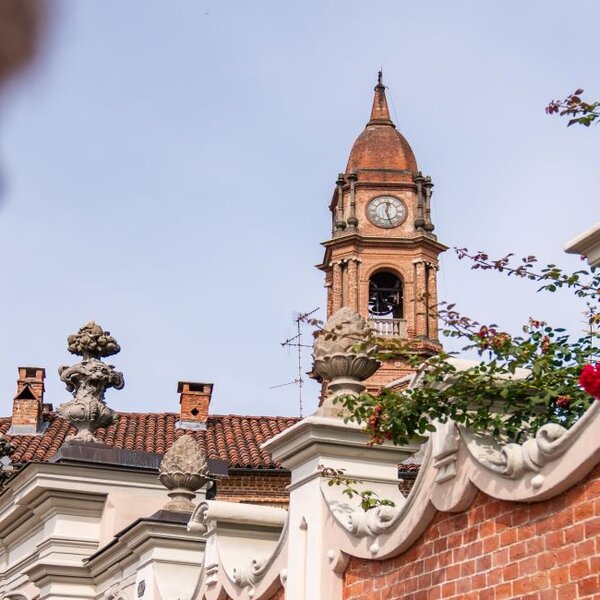
Bra, city of art and culture, Bra city of Slow Food and today Slow City.
Find out moreNext, we return to Piazza dei Caduti per la Libertà, where we find, on the right, the beautiful Palazzo Valfrè of clear medieval origins and, on the left, the 18th-century Palazzo Garrone, with its remarkable atrium and monumental staircase, which delimits the splendid setting of the square. This is where Palazzo Mathis, home to important exhibitions held in its frescoed halls featuring works from the 17th and 18th centuries, and the Palazzo Comunale (Town Hall), with its undulating Baroque motifs, are also located, facing each other. The setting is completed by the imposing Church of Sant'Andrea, built between 1672 and 1682 to a design by Gian Lorenzo Bernini, re-adapted by Guarino Guarini: a majestic building with three naves, it is impressive for its grandeur and the two-order façade of refined Baroque taste, clearly visible from afar.
Beyond Piazza Caduti lies one of the most representative and socially vibrant places in Bra, which the local people simply call " la Rocca", the upper part of the town overlooked by the most diverse human activities (Piazza XX Settembre), culminating in the hillock of the Giardini della Rocca, a place brought back to life, where people still dance on summer nights.
As you walk along the path carved out above the 19th-century market wing, you head back towards Piazza Caduti per la Libertà, where the monument dedicated to San Benedetto Cottolengo, the founder of the Piccola Casa della Divina Provvidenza, one of those Social Saints who, in the 19th century, turned Turin into a factory of pious deeds aimed at helping the weakest. To get there, you pass by the Saint's Birthplace, marked by a plaque standing out on the façade. Furthermore, along the way, a quick stop at the Church of the Santissima Trinità, commonly known as the Church of the Battuti Bianchi, is a must: unpretentious on the outside, it is splendid on the inside, with its soaring, light-filled single nave covered by a barrel vault and richly decorated with stucco. Not far away is also Santa Maria degli Angeli, a charming church with frescoes by Pietro Paolo Operti and Luigi Morgari.
Several narrow streets branch off from the "Rocca" and descend towards the centre, where it is pleasant to walk along at least the intriguing Via della Mendicità Istruita, where the famous Slow Food movement was born and is still based.
The street takes you into the city centre along Via Vittorio Emanuele and the parallel Via Principi di Piemonte which, together with Via Audisio and Via Cavour, form the " strolling" quadrangle. This is the beating heart of life and commerce of the Bra area. Near the crossroads with the pedestrian Via Cavour you will find the Church of San Giovanni Decollato or of the Battuti Neri, which was begun in 1591 by the Confraternita della Misericordia (Brotherhood of Mercy).
At the other end of Via Cavour, there is the Church of San Rocco, now seat of the local Orthodox Church, whose construction was completed in the 18th century but dates back to the 16th century. Right behind the church are Piazza Carlo Alberto and Piazza Roma, with the prestigious Politeama Theatre and the inevitable bustle of the railway station. We continue along Via Vittorio Emanuele up to the small Via della Provvidenza, which leads back to Via Craveri, where the Museo Civico "Craveri" di Storia Naturale (Civic Museum of Natural History) awaits us. Founded as a private collection in the first half of the 19th century by Angelo Craveri, it’s a meteorological station since 1859. Its rooms house extremely important collections.
Find out more
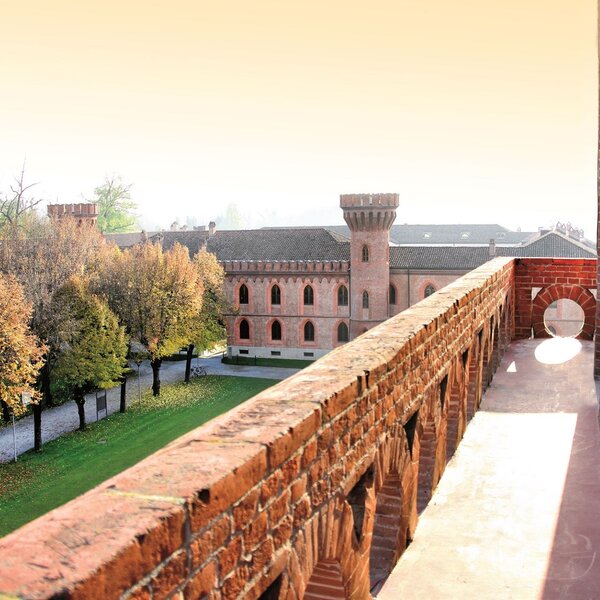
Pollenzo, amidst history and taste
Find out moreThe architectural gem of the city is located at the corner between Via Craveri and Via Barbacana: the Church of Santa Chiara, the greatest monument of Piedmontese Baroque. Built between 1742 and 1748 based on a project by Bernardo Antonio Vittone, who designed it in the shape of a four-leaf clover, surprisingly undulating outside and inside, decorated with stuccoes and frescoes and culminating in a complex perforated double dome vault that creates impressive plays of light. The church was commissioned by the religious community of the Clarisse nuns, who had already been present in the city since 1632, with a significant financial investment for the religious order, to the extent that some of the completion work lasted until 1786. The history of the building speaks of changes of ownership and abandonment.
The building is currently owned by the Capuchin Fathers. The three interior altars are the result of relatively recent restoration, with portrayals of Santa Chiara, San Francesco d'Assisi and various characters dear to the Franciscan Order. Some of the frescoes are by Pietro Paolo Operti, a native of Bra. One of the altars is also adorned with a precious painting that comes from the first church, by the Flemish artist Giovanni Claret. Behind the altar, not to be missed, is the choir, an exceptional venue for classical music concerts. After admiring this treasure, hidden among the houses, let us return to the top of Via Barbacana, where we find Palazzo Traversa, our starting point.
The museums in Bra deserve a special mention. In addition to the already mentioned Palazzo Traversa and the Craveri, there are many realities to be discovered, both within the old town walls and in the immediate outskirts. These are great little gems, which, as such, are only revealed to the attentive visitor. Next to the Library, the Museo del Giocattolo (Toy Museum) is ready to enchant the children of today and of yesterday with a collection of toys from the past, over 1000 items dating from the 18th century onwards. Another place that is deeply tied to Bra is Museo “Rolfo”, set within the grounds of the historic wagon and coach building company founded by Giorgio Rolfo, today a leader in the truck industry. A special mention also goes to the Museo della Bicicletta (Bicycle Museum), which offers cycling enthusiasts an impressive collection of objects related to two wheels and various relics of champions of the past, and the curious Museo della Scrittura Meccanica (Mechanical Writing Museum), a unique place with more than 300 typewriters, which is a rarity to explain to digital natives who know nothing about keys and ink.
Before leaving Bra, we advise you to visit another highly symbolic place in the city, which is more easily accessible by car. This is the Sanctuary of the Madonna dei Fiori (on the homonymous avenue), a vast religious complex built in 1626 on the site of a very old chapel, erected after the apparition of the Virgin Mary on 29 December 1336; one of the oldest sanctuaries of Marian worship in the province, it is famous for its "flowers in the snow", a rare case of winter flowering.
